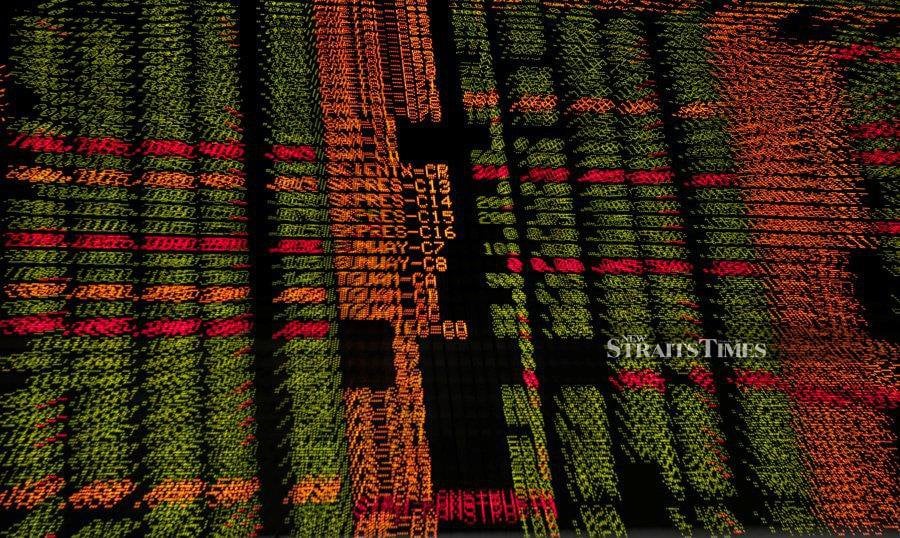THE choice between dividends and share buybacks depends on various factors, including the specific circumstances and goals of the company and its shareholders. Both options have their advantages and considerations.
.Dividends: Dividends are cash distributions paid out by a company to its shareholders, typically on a regular basis. Companies typically declare dividends once or twice a year, though some companies are also known to declare dividends on a quarterly basis. More than that is rare.
Companies declaring quarterly dividends during a financial year take pride from the fact that they are providing a regular cash dividend stream to their investors.
Some public-listed companies (PLCs) have established a formal dividend policy and will strive to meet the stated dividend policy. The dividend policy is not mandatory but is a form of self-discipline for companies regarding dividend distribution. It also becomes an expectation on the part of investors.
The declared dividend policy is not carved in stone, and companies may depart from their dividend policy by declaring lower or no dividends. But that would go against the expectations of investors, and there is bound to be some market reaction — the market may react negatively if a company reduces or eliminates dividends, potentially impacting its stock price.
Certain investors prefer dividend-yield companies as they offer a regular stream of cash income. Usually, these companies have matured and plateaued with no robust growth to be expected. They may not have stellar share price performance but will continue to offer steady dividends.
Growth companies typically would not declare dividends as they would be ploughing the profit and cash generated back into their businesses. And the benefits are felt through share price increases in lieu of cash dividends.
If these companies were to pay out dividends, they would have to borrow from banks — at a higher cost — to finance their business operation and expansion.
Thus, dividends are not always preferred by all shareholders. Some investors may prefer capital appreciation over immediate cash returns.
Dividend-yield stocks are popular with investors with low-risk tolerances who prefer a steady stream of cash flow. They are also popular with other investors with an investment strategy under which a certain percentage of their share investments are allocated in dividend-yield stocks.
Government-linked investment companies such as the Employees Provident Fund, Permodalan Nasional Bhd, Retirement Fund Inc and Armed Forces Fund Board love dividend yields from their strategic holdings so that they can then onward distribute the cash to their members.
Cash availability is another factor that must be considered. Companies must have sufficient cash flow and available funds to pay dividends. But companies are also known to borrow money from banks to pay dividends just to maintain their dividend-yield reputation. This practice is not recommended as it increases the gearing level of the company, and the bank borrowings result in increased interest costs.
Share Buybacks: A share buyback involves the purchase of a company's own shares from the open market by the company.
Share buybacks provide a mechanism for companies to return capital to shareholders by reducing the number of shares outstanding. This can result in an increased ownership percentage and potentially higher earnings per share for the remaining shareholders.
This only happens when the bought-back shares are held as treasury shares or are cancelled. If the repurchased shares are resold on the market, the situation returns to the status quo.
The bought-back shares can be distributed as dividend-in-specie to existing shareholders in lieu of cash dividends. They are like cash dividends in that the distributed shares can be sold for cash.
One PLC currently distributing dividend-in-specie is Prestar Resources Bhd, which will distribute five treasury shares for every one hundred existing ordinary shares held.
Share buybacks offer greater flexibility than dividends since companies can decide when and how many shares to repurchase based on market conditions and available cash. There can be several rounds of buybacks but there are no multiple rounds of dividend payments.
However, share buybacks can sometimes be misinterpreted as a company not having investment opportunities. The assertion would be: "Why do you use your money to buy back your shares instead of investing the money."
Sometimes, share buybacks may be seen as an attempt to "manipulate" the stock price, potentially leading to negative market perceptions. The word "manipulate" has negative connotations in the capital market and may attract criminal sanctions under the watchful eyes of the Securities Commission, pursuant to the Capital Market Services Act 2007.
Bluntly put, carrying out share buybacks to shore up dwindling share prices is a form of manipulation. But, buying back shares because the share price is low and does not reflect the value of a company is okay. It is all in the intention — as difficult as that is to prove.
Ultimately, the choice between dividends and share buybacks depends on the company's specific circumstances and its shareholders' preferences. Some companies may choose to combine both strategies to strike a balance between returning capital to shareholders and reinvesting in their shares.
When making the decision between dividends and share buybacks, it is crucial to consider the company's financial position, growth prospects, shareholder preferences and market dynamics.
The writer is chief executive officer of Minority Shareholders Watch Group.





